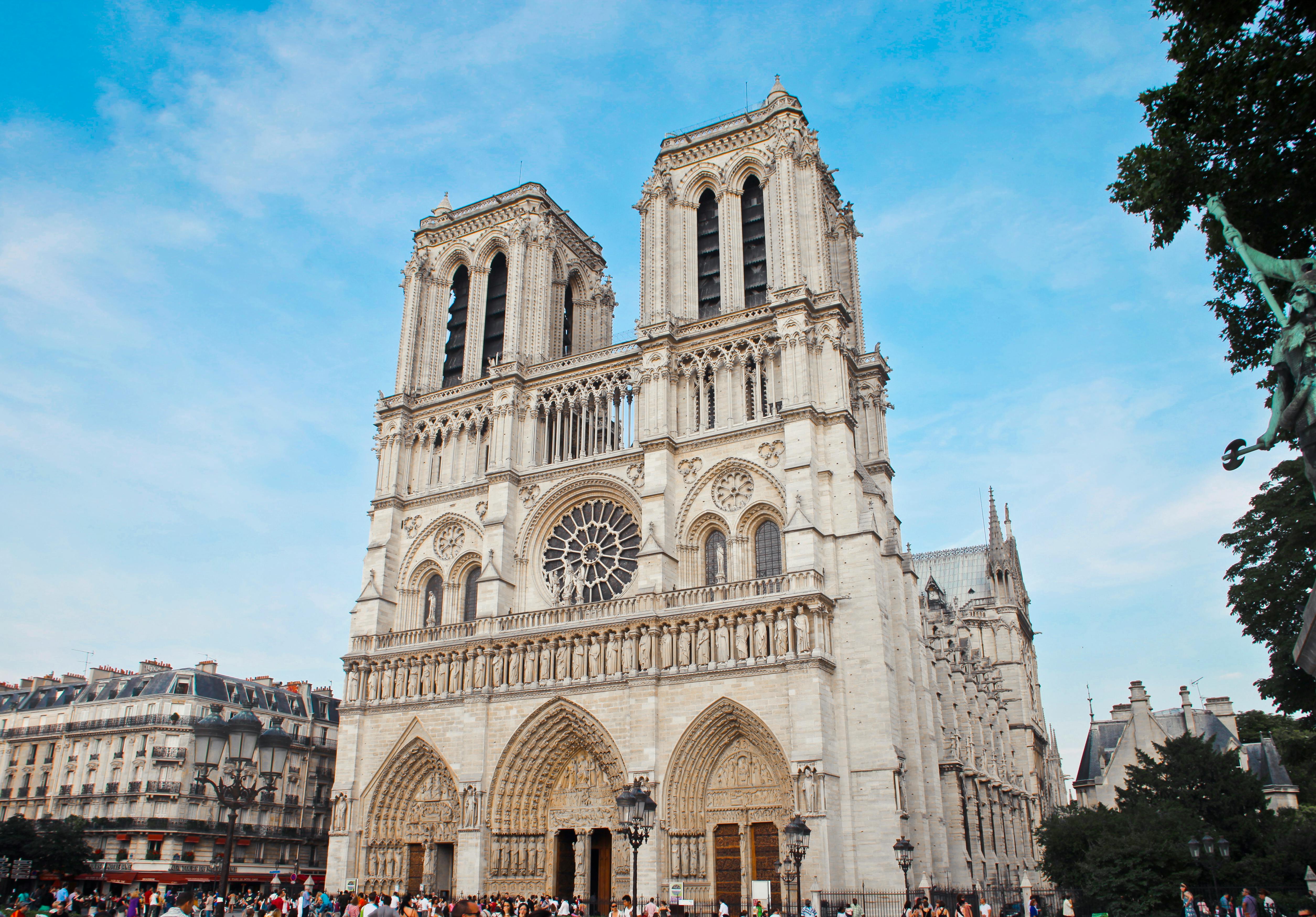
In this article, we’ll give some design details for two unrelated, but important features of your church project: balcony seating and landscaping.
Seats on the balcony
When designed correctly, balcony seats have some benefits worth considering. Balconies can solve the problem of future expansion as the congregation grows and can allow a church with limited land to expand “up” rather than “out.” In fan-shaped sanctuaries, a balcony can increase seating by almost 50%. A future balcony should have a master plan from the start with the main structure completed during the construction of the sanctuary. A removable wall can temporarily hide this unfinished space.
Many people assume that a balcony is always a cheap and smart way to expand. However, the floor system, framing, riser frame, handrails, and multiple stairs are an additional expense not incurred by sitting on the main level. However, the main problem with balcony seating is often not related to construction costs. Many people complain of feeling like a spectator when sitting on a balcony, and balconies often do not provide good visibility or easy access to the altar area. Also, it’s just hard to see someone’s face beyond about 65 feet. Since the line of sight is downwards, balcony railings and the person in the front row often block the view as well. Problems with seating under the balcony can include pillars, low ceilings, and poor sound or lighting.
Some good design elements include stairs or stadium seats on the sides with easy access to the main floor, two steps per row for increased visibility, high back benches to alleviate fear of falling forward, glass or narrow rails in the upper half from the floor. balcony walls and large screen video monitors or projection screens.
landscaping
While landscaping can immensely increase the value, beauty, and comfort of a church site, most architectural firms do not provide detailed landscape design in their scope of services unless specifically requested by the owner. Many jurisdictions will require a rudimentary landscaping plan consisting of a site plan indicating the location, type and size of new and existing trees and shrubs, grass and mulch areas, as well as an erosion control plan. . It is now common for permitting authorities to require landscaping islands in parking areas based on the amount of paving. These islands are usually located at the ends of the parking rows. However, landscaped islands can become an impediment to snow removal. In transition yards (a green area that separates a church parking lot or building from adjoining residential or commercial property) a screen of trees and shrubs is often required by permitting authorities as well.
Deciduous trees to the south and west of the building will shade and cool the church in summer, but allow warm sunlight to pass through the bare branches in winter. The church should select hardy plant types that require little maintenance. Be aware that small shrubs being planted can quickly grow too large to be placed near parking lots, sidewalks, and buildings.
The church should consider the benefits of good landscaping. A skilled landscape architect can be hired to develop a master plan for the landscaping that can be developed over time as funds become available.
Leave a Reply